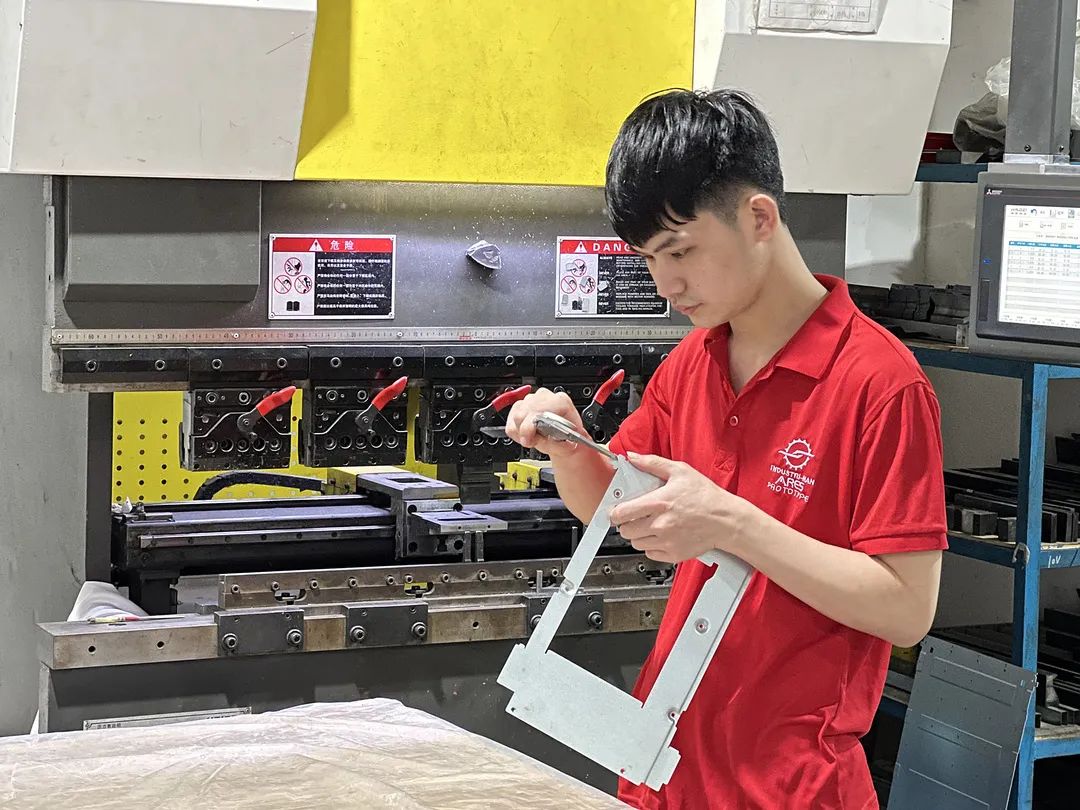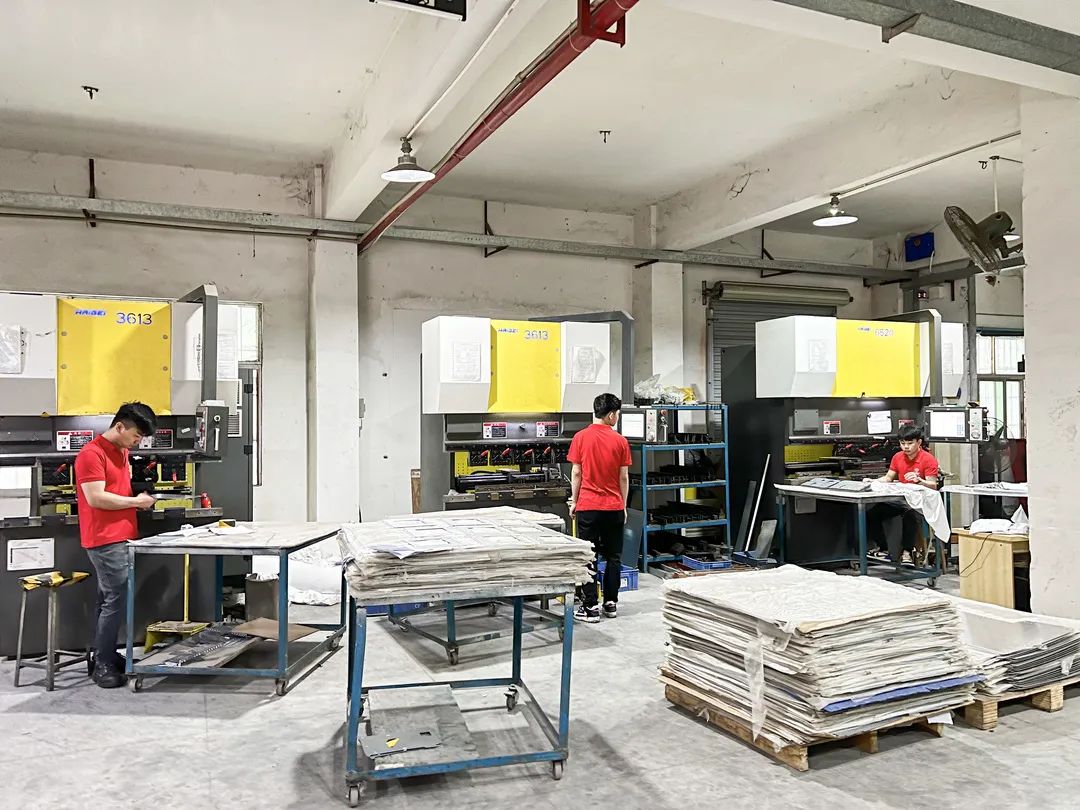 Part Machining / Mould
Part Machining / Mould Sheet Metal / Hand Plate
Customize&Volume Production
 English
English
 Part Machining / Mould
Part Machining / Mould  English
English

Preface
Sheet metal has the characteristics of light weight, high strength, conductivity, low cost, and good mass production performance. It has been widely used in electronic appliances, communications, automotive industry, medical equipment and other fields, such as in computer cases, mobile phones, MP3 , sheet metal is an essential component. As the application of sheet metal becomes more and more widespread, the design of sheet metal parts has become a very important part of the product development process. Mechanical engineers must master the design skills of sheet metal parts so that the designed sheet metal meets the requirements of the product. Requirements such as function and appearance can make the manufacturing of stamping molds simple and low-cost. The six common processes of sheet metal include: sheet metal bending, laser cutting, hydroforming, hemming, ironing, and punching. Here we mainly introduce to you the first three processes:
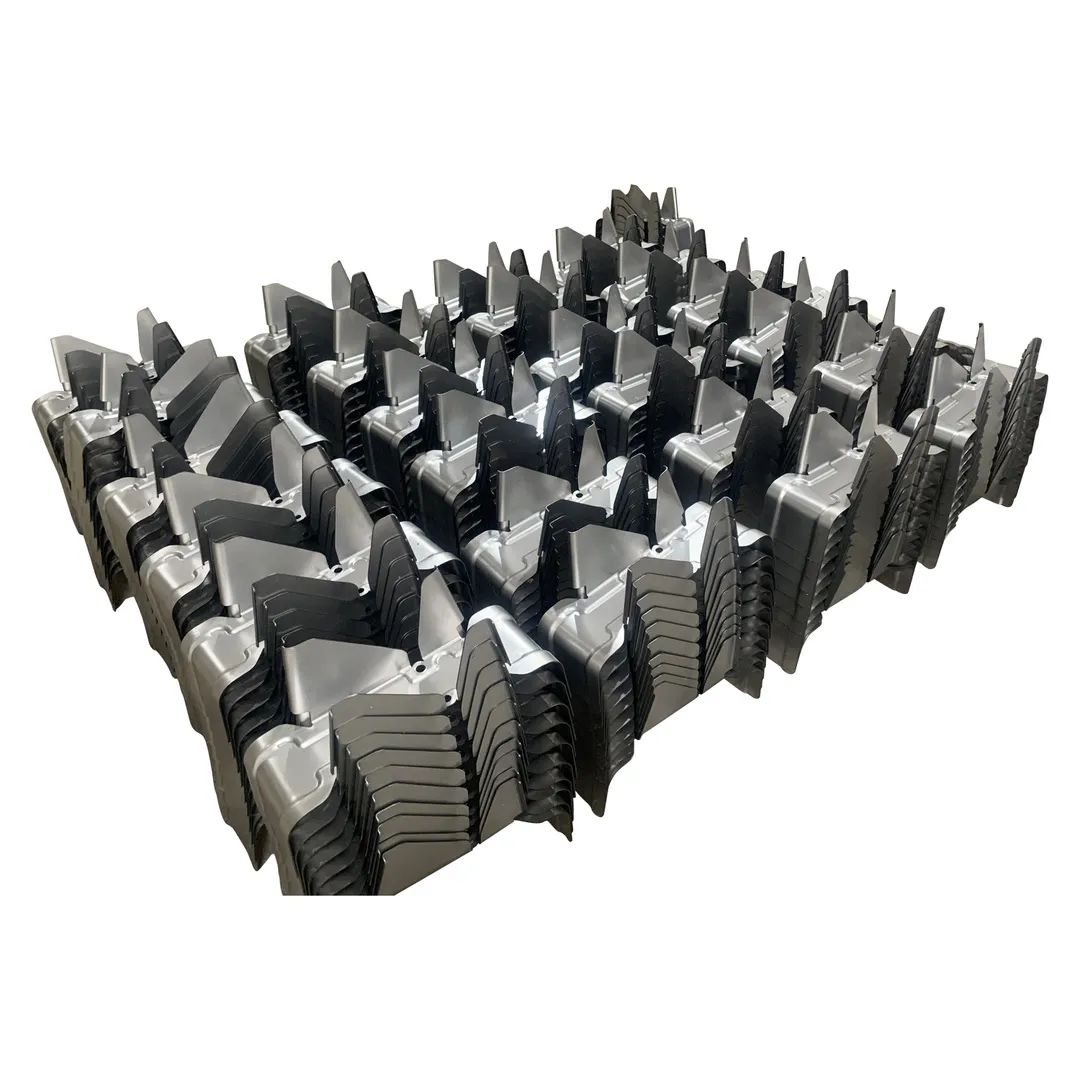
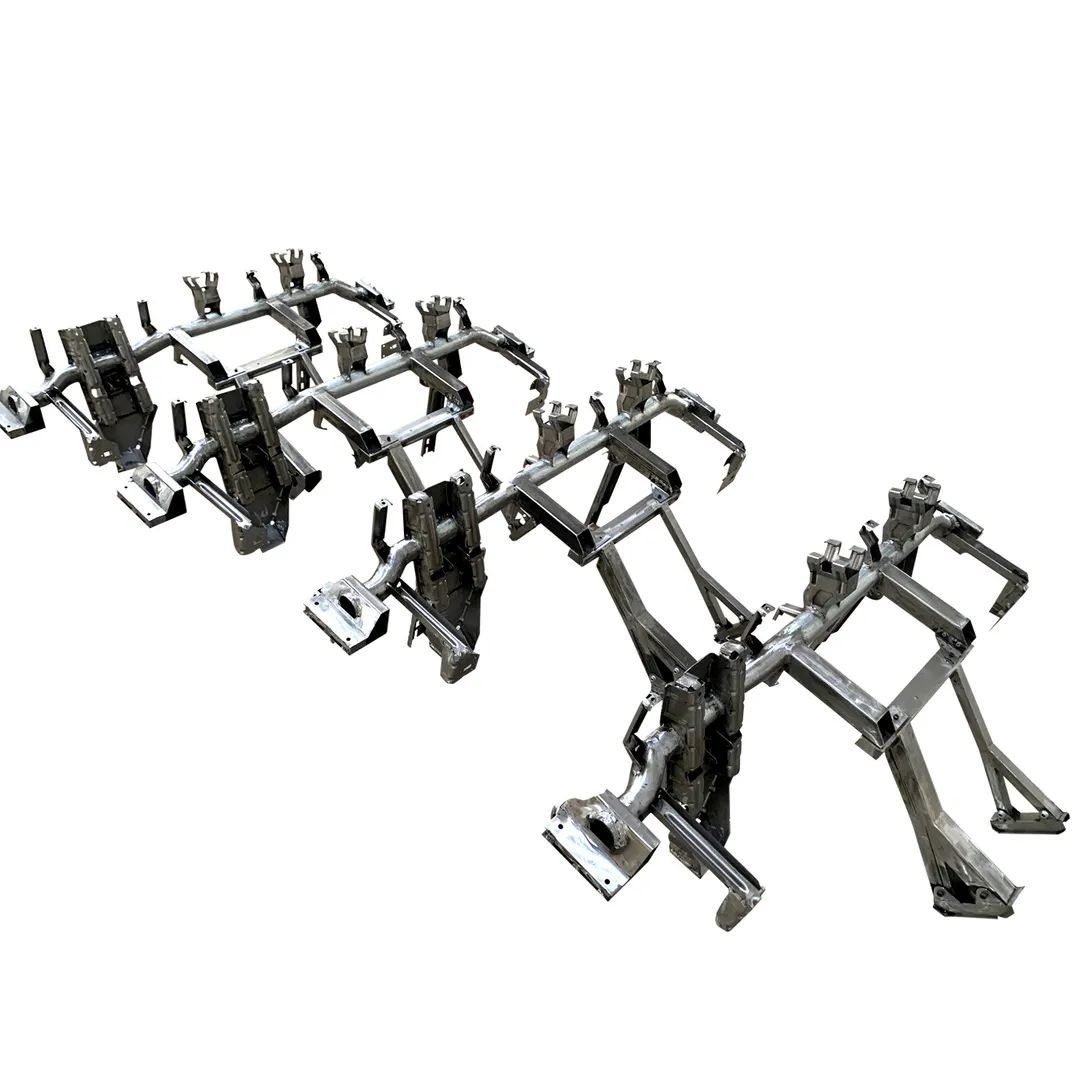
一、Sheet Metal Bending
Sheet metal bending is a metal processing technique used to bend sheet metal into a desired shape or angle. In the sheet metal bending process, mechanical force or pressure is usually used to bend the metal sheet to the desired angle. The following is the process flow of sheet metal bending:
(1)Select the appropriate plate: You need to select the plate before production. Generally, hot-rolled profiles with a thickness between 0.5-2mm and material such as q235a or 45 steel are selected;
(2)Cut the material according to the design size of the drawing: First, calculate the cutting amount of the plate (i.e. the unfolded length) according to the drawing requirements, and then cut the material according to the unfolded length for later use;
(3)Marking and positioning: Place the materials in order and fix them according to the marked positioning lines;
(4)Leveling, alignment and welding: Leveling, alignment and welding of the arranged workpiece;
(5)Grinding and polishing: Grind and polish the completed products with sandpaper.
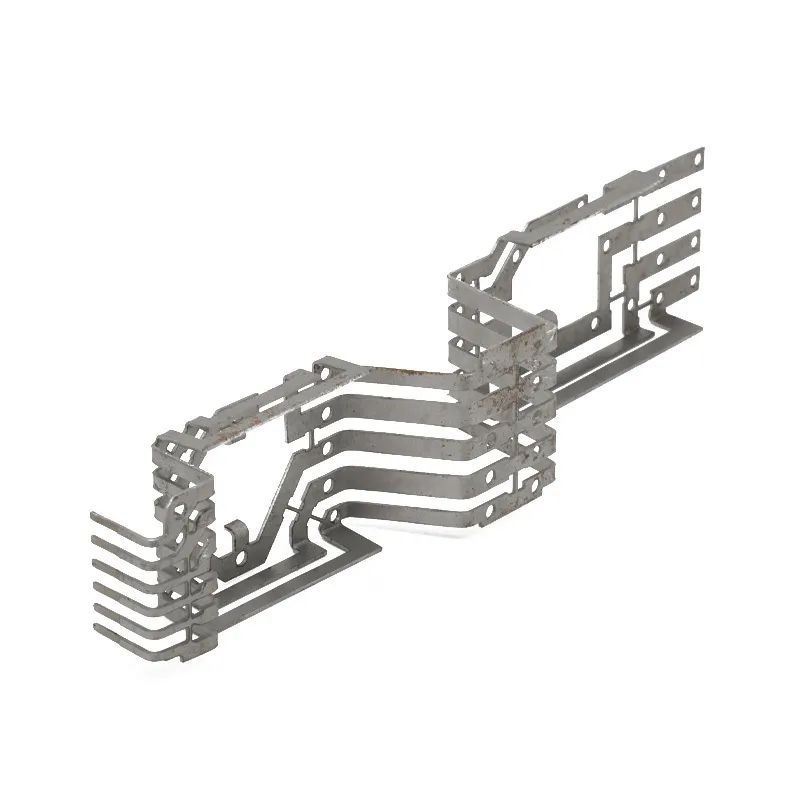
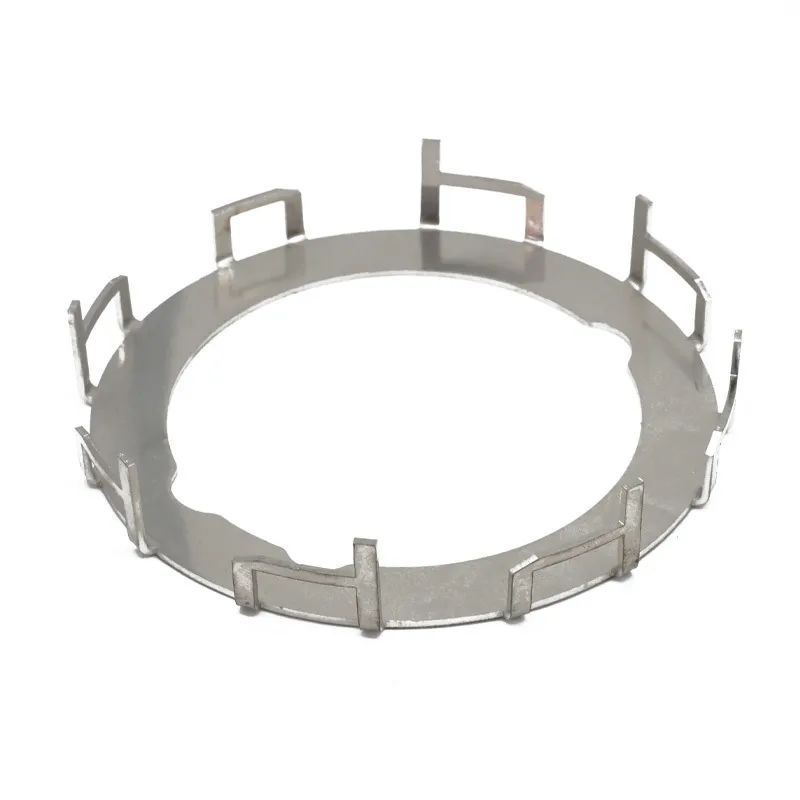
二、Laser Cutting
Sheet metal laser cutting is a sheet metal processing method that uses laser beams to cut metal materials. It is a high-precision, high-efficiency cutting technology that is widely used in sheet metal processing and manufacturing fields. Its main process flow is as follows:
(1) Digital design: First, the gold workpiece needs to be digitally designed to generate a laser cutting program.
(2) Processing preparation: Prepare for material cutting according to the laser cutting procedure, including adjusting parameters such as cutting speed and power.
(3) Start cutting: Start the laser cutting machine so that the laser beam accurately positions and cuts the workpiece. Usually laser cutting can achieve cutting of straight lines, arcs and complex curves with an accuracy of up to 0.05mm.
1. Compared with traditional cutting methods, laser cutting has the following advantages:
(1) High precision: The laser beam is extremely fine and can achieve high-precision cutting, and the incision is smooth and burr-free.
(2) No contact: Laser cutting does not require contact with the material, thus reducing material deformation and contamination.
(3) Wide scope of application: Laser cutting can cut various materials, including stainless steel, aluminum alloy, nickel alloy, alloy, etc.
(4) High production efficiency: laser cutting speed is fast, which can greatly shorten the production cycle
(5) Programmable control: The laser cutting system can be controlled through programming to achieve automated production.
2. Application scope of laser cutting:
Laser cutting technology is suitable for cutting various metal materials, including the following industries
1. Communication: chassis, antenna, diversity device, etc.
2. Electronics: motherboards, TV cases, monitor cases, etc.
3. Machinery: cars, trucks, trains, motorcycles, bicycles, etc.
4. Construction: doors, windows, railings, patios, etc.
5. Ships: yachts, etc.
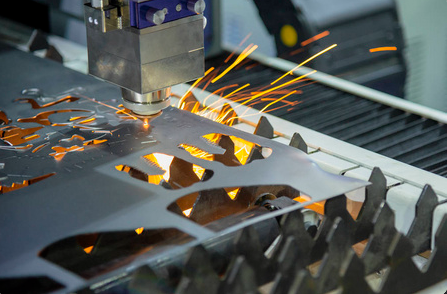
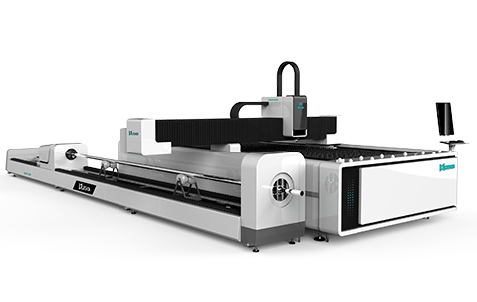
三、Hydroforming
Sheet metal hydroforming is a sheet metal processing method that uses hydraulic force to process metal sheets into desired shapes. Unlike traditional mechanical force bending, hydroforming uses high pressure provided by a hydraulic system to apply force to bend, stretch or press metal sheets.
Step One: Material Preparation
The production and processing of sheet metal stamping parts first requires the preparation of the required materials. Generally speaking, the material selection of sheet metal stamping parts should be determined based on its use and performance requirements. Commonly used materials include cold-rolled plates, hot-rolled plates, galvanized plates, stainless steel, etc.
Step 2: Mold Design
Mold is the core of stamping processing. Before producing and processing sheet metal stamping parts, it is necessary to design the mold according to the shape and size of the product. The design quality of the mold directly affects the quality of the finished sheet metal stamping parts.
Step Three: Stamping Processing
Stamping processing is the core link in the production and processing of sheet metal stamping parts. In stamping processing, the material is impacted and stretched through a die to deform it into the desired shape and size. Stamping processing is an efficient and precise processing method that can greatly improve production efficiency and product quality.
Step 4: Surface treatment
After the production and processing of sheet metal stamping parts is completed, surface treatment is required. Surface treatment includes oil removal, rust removal, painting and other steps, aiming to improve the aesthetics and corrosion resistance of the product.
Step 5: Quality inspection
The last step is quality inspection. Quality inspection is a key step to ensure the quality of sheet metal stamping parts production and processing. By testing the size, appearance, performance and other aspects of the finished product, problems can be discovered and improved in time to ensure the quality and stability of the product.
In short, the production and processing of sheet metal stamping parts is a complex and important process. Each step requires strict control to ensure the quality and performance of the final product.
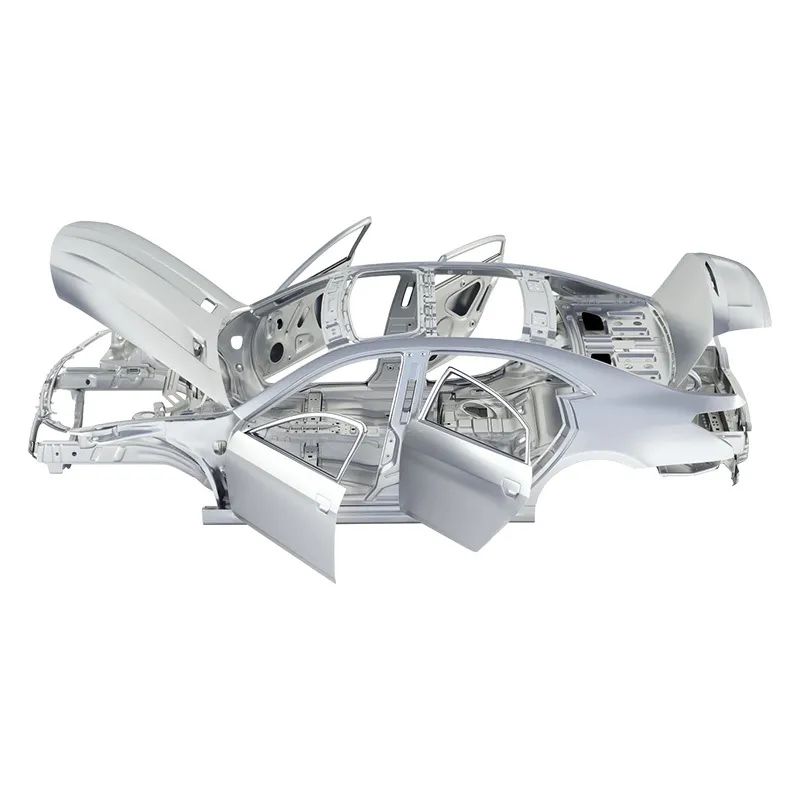
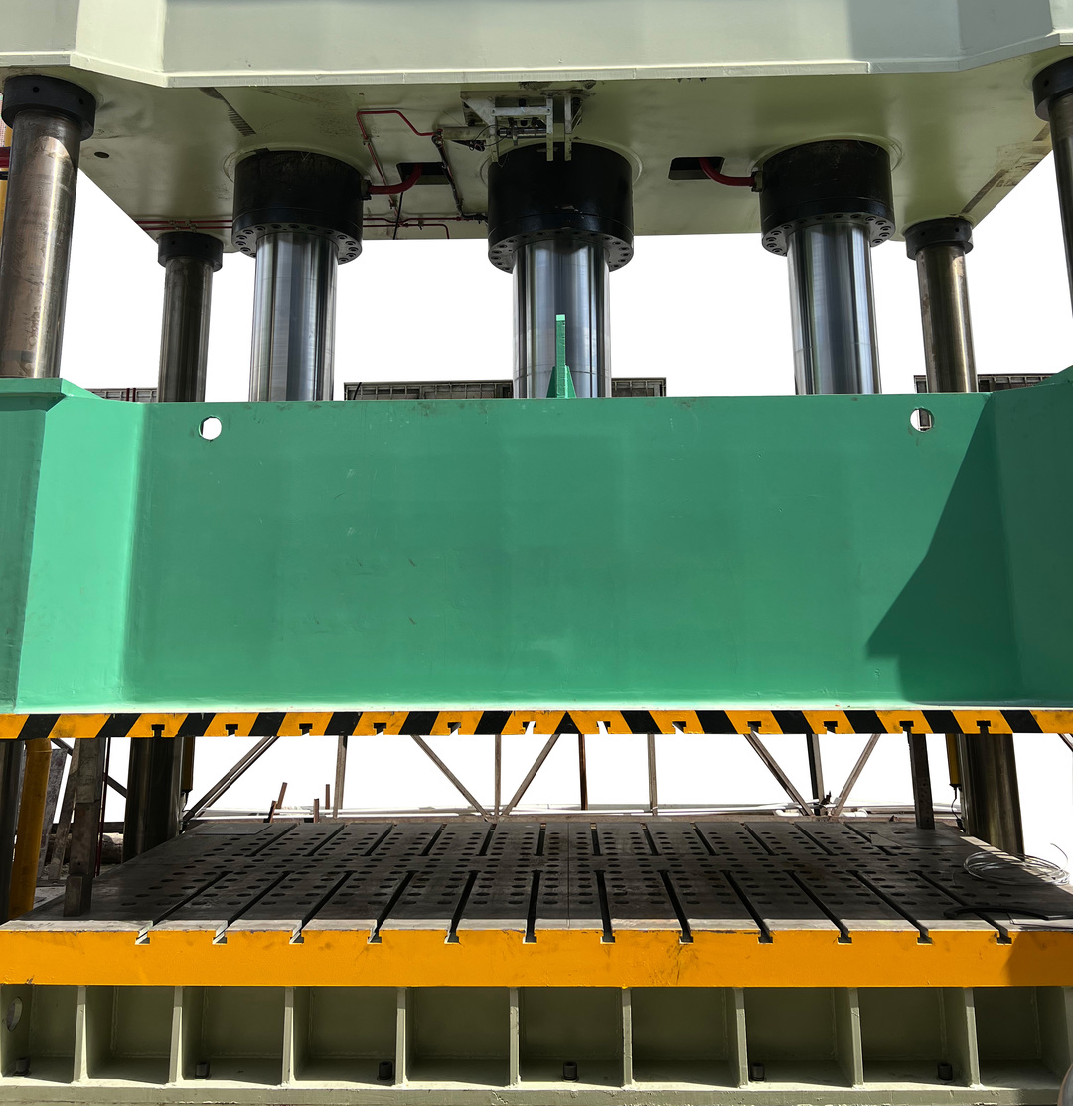
四、Industrial Man Company’s Sheet Metal Processing Capabilities
Shenzhen Industrial Man Product RP&M Co.,Ltd is a sheet metal processing manufacturer mainly engaged in precision sheet metal processing, laser cutting processing, and equipment frame processing. It is a powerful company with rich experience in R&D, manufacturing and processing of sheet metal for mechanical parts. factory. Focusing on auto parts customization and processing for more than 20 years, our company adheres to sheet metal processing technology standards. We can upload 3D data to quote as quickly as one minute. We can handle a variety of materials and processing techniques, with high quality and short delivery time, as fast as one day. Delivery, the brand will protect the construction period!
